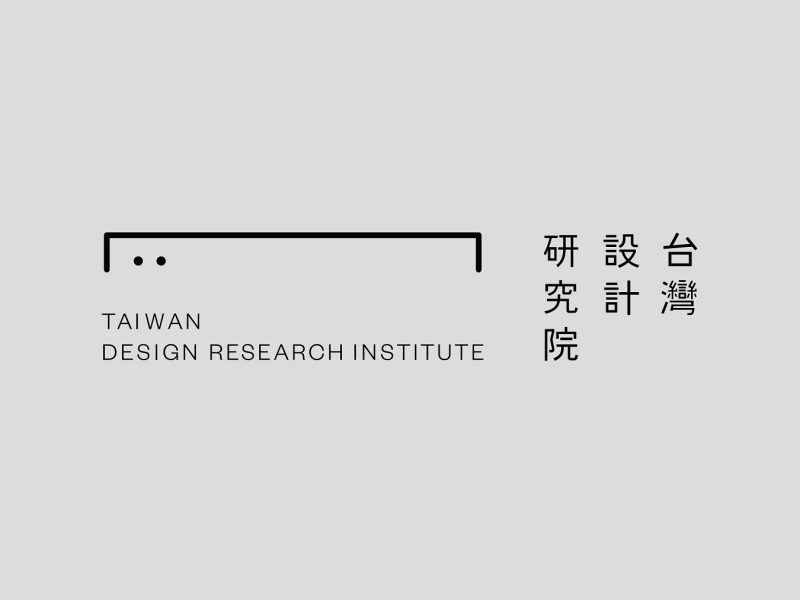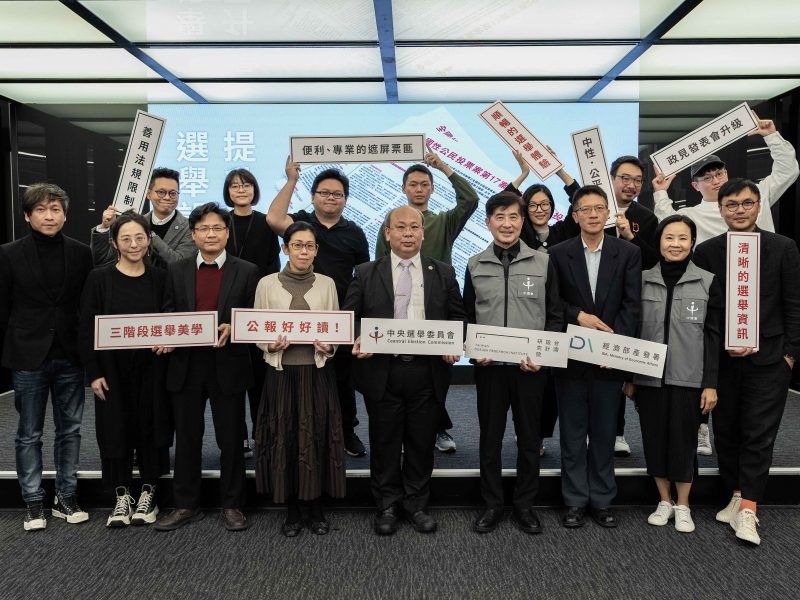The “TPE-HUN Public Transportation Aesthetic Project” is a collaboration between Ministry of Economic Affairs and Ministry of Transportation and Communications. Today (26), Minister Lin Chia-lung of Transportation and Communications and Vice Minister Lin Chuan-neng of Economic Affairs jointly hosted a press conference presenting the achievement of the project. The improved Suhua Highway will be open to traffic at 4 o’clock on January 6, 2020; the shuttle bus service between Taipei and Hualien will be operated by Capital Bus, Taipei Bus, and Ubus, offering two new routes: “Nangang-Hualien” and “Banqiao-Hualien.”
Following the footsteps of the stunning new design of TRA’s new tourist train, the “TPE-HUN Shuttle Bus” to be launched next year is designed by two professional teams, 247Visual Art and U10 Inc., led by Taiwan Design Center. Together with operators, body plants, and parts manufacturers, the design teams invested five months of time to remodel the first fleet of 11 new vehicles, from brand image, bus exterior, sign design, to interior optimization. The brand of TPE-HUN Shuttle Bus is comprehensively built through subtraction design, toppling the public’s stereotype of public transit, and reinterpreting Taiwan’s public transport.

▲ The shuttle bus service between Taipei and Hualien will be operated by Capital Bus, Taipei Bus, and Ubus, offering two new routes: “Nangang-Hualien” and “Banqiao-Hualien.”
Ministry of Economic Affairs is inaugurating “Taiwan Design Research Institute” next year, integrating interdepartmental resources to turn “design power” into Taiwan’s most important administrative value and national strategy. TPE-HUN Shuttle Bus is one of the demonstrative projects of public services launched by “Taiwan Design Research Institute,” using the rich experience and capacity of design accumulated in the past from assisting the upgrade and transition of the manufacturing industry to drive the innovation of public services. Currently, the focus is to replace efficiency with innovation as the main driving force of industrial development. Ministry of Economic Affairs strives to build Taiwan into the “Global Center of Advanced Manufacturing,” introducing design thinking to and building innovative ecosystem for all the industries, including the automotive industry, through interdisciplinary design and model of co-creation.

▲ Minister Lin Chia-lung of Transportation and Communications and Vice Minister Lin Chuan-neng of Economic Affairs jointly hosted a press conference presenting the achievement of the project.
“TPE-HUN Shuttle Bus” travels between Taipei and Hualien, combining the concepts of homecoming and traveling; the standard font incorporates the style of the road on the basis of modern black types. New life is visually injected into the pebbles of Hualien’s world-class tourist attraction, Seven Star Lake; the eight pebbles symbolize the eight tunnels along the newly improved Suhua Highway, as barriers have been overcome to build the safer way home. Hualien’s magnificent mountains (green) and seas (blue) have also been blended into the image to create innovative vocabulary, adding warmth to transit through design and hidden stories, and guiding passengers to transition their emotions on the move from city to hometown.

▲ The key visual of the “TPE-HUN Public Transportation Aesthetic Project”.
Subtraction Design Reduces Visual Stresses to Eliminate Traditional Color Blocks and Complicated Details
The design teams insisted on three principles, reducing use of heterogeneous materials, lightening material textures, and simplifying visual lines, and carried out subtraction design. The interior space features mainly the color of white, and boldly uses white PU material for the seats. TV, speakers, and A/C vents are also covered with light-colored leather. Window drapes are used to resolve the issues of complicated patterns and cleanliness of fabric curtains used in the past, removing visual and tactile complications, and simplifying the lines to present a slicker overall look; paired with light blue light, an experiential space of zero-stress is created so that when people board the shuttle bus, they are fully embraced by the beautiful sceneries outside the window.
Ergonomic Design for Comfort of Highest Quality
In addition to the bold use of color, the interior also features ergonomically designed spacious seats and blue pebble-shaped adjustable headrests; not only do they enhance the level of comfort over the long journey, the pebble-shaped headrests are one of the bright spots of this new design as they trigger much interest and discussion.

▲ In order to unify the visual experience, the interior of the car uses only three colors: white, blue and black.
Signs Redesigned! Bilingual and Universal
Most buses in Taiwan today have signs of “Emergency Exit,” “Complaint Hotline,” or “Barrier-free Space,” inside them that are not well designed or placed; font size and position are restricted, and colors and font types are not regulated, which result in visually complicated signs, confusing people when they need to find the information during emergencies. Therefore, the design teams reexamined the laws and regulations and categorized the signs inside and outside the bus into “Regulatory Signs” and “Informative Signs;” the teams utilized subtraction design to integrate the sign system, and adopted a color scheme denoting the level of urgency and importance. Furthermore, all signs are bilingual and iconized, creating a friendly experience for passengers from everywhere in the world.

▲ The warning area was always in red, but the designer attempted to simplify the color usage for better readability and viewing scenery.
This interdepartmental collaboration has created 3 firsts: first public transit service to introduce design, first shuttle bus route to have own brand, and first interdisciplinary collaboration between designers, bus service operators, and the automotive industry. Also, the project challenges the existing public transit in three areas: the concepts and techniques of automotive technicians, sign system, and passengers’ habit. In the future, Ministry of Economic Affairs will continue to proactively cooperate with different agencies and departments to utilize design to drive the values of industries, public services, and society.











